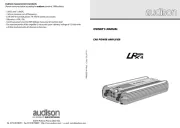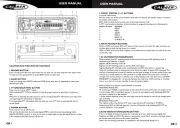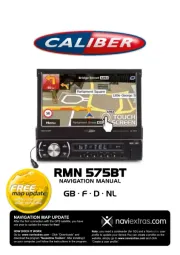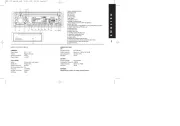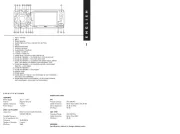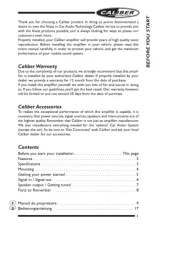JVC kd-lh1101 Manual
Læs gratis den danske manual til JVC kd-lh1101 (227 sider) i kategorien Bilradio. Denne vejledning er vurderet som hjælpsom af 30 personer og har en gennemsnitlig bedømmelse på 4.3 stjerner ud af 15.5 anmeldelser.
Har du et spørgsmål om JVC kd-lh1101, eller vil du spørge andre brugere om produktet?

Produkt Specifikationer
| Mærke: | JVC |
| Kategori: | Bilradio |
| Model: | kd-lh1101 |
Har du brug for hjælp?
Hvis du har brug for hjælp til JVC kd-lh1101 stil et spørgsmål nedenfor, og andre brugere vil svare dig
Bilradio JVC Manualer
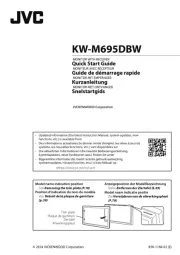
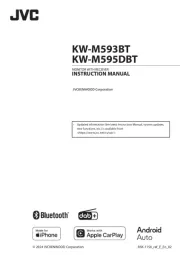








Bilradio Manualer
- Axton
- Marquant
- Muse
- Rockville
- Eltax
- Telestar
- Hifonics
- Clarion
- Varta
- Lenco
- Peiying
- Harman Kardon
- Planet Audio
- Voxx
- Tokai
Nyeste Bilradio Manualer


